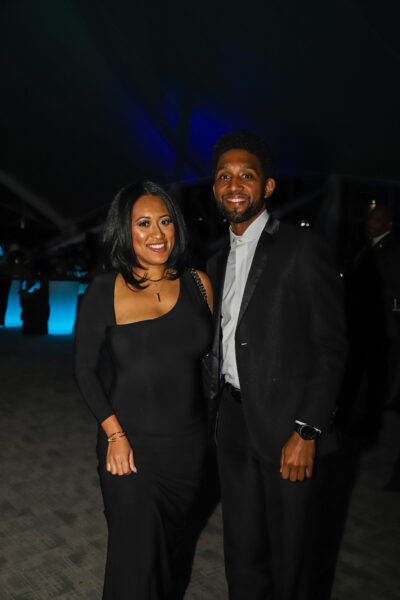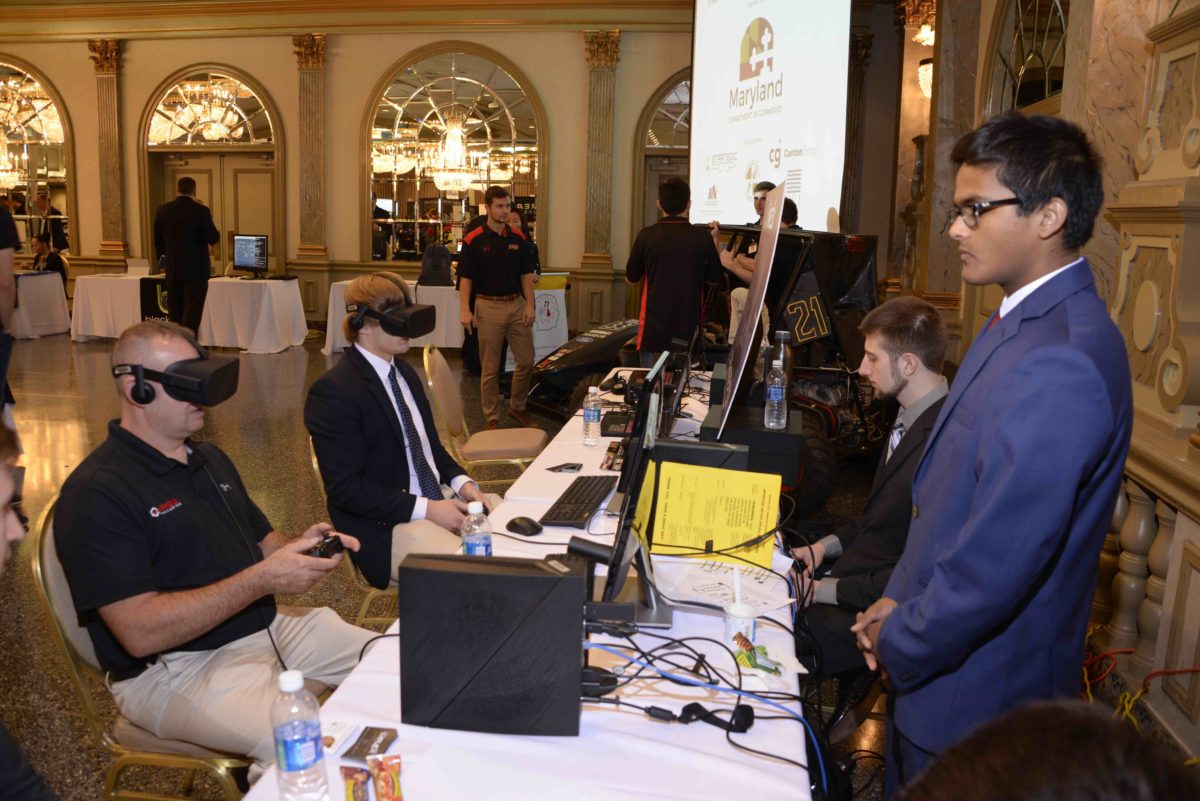When it comes to virtual reality, truly immersing someone in another space requires a lot of things to be just right.
For one, there’s a question of visuals. The objects have to be three-dimensional enough to look like they’re in front of a player, and a character has to be able to move around to see those objects to the right or left.
It’s not just a question of look, but also feeling like you’re somewhere else. That’s where sound plays a role. If a bee is flying to the right, it has to sound like it is buzzing to the right. Getting this “3D sound” right is its own area of technology development growing up around VR, and it has applications that go well beyond the headset.
“We create the correct left ear and right ear sounds so that you’re immersed in that space,” said Ramani Duraiswami, a professor at the University of Maryland College Park computer science department.
Duraiswami is CEO of The VisiSonics Corporation, a nine-year-old company he cofounded to shepherd the audio technology from what he called “cool IP” to a variety of market sectors.
VisiSonics said Monday that it completed a $3.5 million financing round as it seeks to expand use of its 3D sound technology in market areas including virtual reality, gaming and entertainment.
The round included a $500,000 investment from the Maryland Momentum Fund, the University System of Maryland venture fund which backs startups with ties to the state’s public higher ed community. An audio company with connections to the music, cinema and gaming markets led the round, but its name was not disclosed.
VisiSonics makes a series of products, but the focus of each is adding a 360-degree element to sound. This ensures that when a sound is played or captured, it’s possible to tell where it was coming from, and prioritize one sound over another, just like an ear would if the sound were happening in the room.
One product, called RealSpace 3D Audio, is software designed for use in headphones or in gaming. Using audio algorithms, it gives audio playback spatial characteristics. Used as part of designing rooms or objects in a digital environment, it’s available for popular video game development platforms Unity, Unreal and Wwise.
Another product is what VisiSonics calls an “audio camera.” It has an array of microphones that is designed to capture noise in a space. This has an industrial application. For instance, automotive designers could use it to test how quiet a car is inside while driving.
Dating to 2004, the technology was initially developed with the help of $6 million in research funding from government agencies including the National Science Foundation (NSF) and Defense Advanced Research Projects Agency (DARPA). Focused around how people perceive sound, Duraiswami and other researchers developed demos and immediately got business interest. After the company was launched, it got further development backing with another $1.6 million in grants from NSF, the National Institutes of Health and the Maryland Industrial Partnerships program.
It also made use of the resources available to boost startups, taking up residence at UMCP incubator Mtech Ventures, participating in an early DC I-Corps program focused around customer discovery and picking up a check from the InvestMaryland Challenge. And it started to bring the technology to market: A 2014 licensing agreement with Facebook-owned virtual reality company Oculus showed there was real interest from tech’s big players.

From left, Visiconics cofounders Ramani Duraiswami, Adam O’Donovan and Conor Mulvey. (Technical.ly file photo)
With initial sales growth, the team followed a path that many companies commercializing technologies take, and brought in business experts to run the company while the scientists focused on the technology. But Duraiswami said things didn’t take off as the founders hoped. By 2017, the company was facing a breaking point. The management team had left and the company was staring down bankruptcy. At that point, the founders stepped back in to lead the company.
Pursuing business-to-business licensing agreements for the technology with consumer technology firms and others who white-labeled the technology and signing a half-dozen such deals propelled the company to $1.1 million in annual recurring revenue.
The focus is now on large-scale consumer applications, and the company is looking to keep growing use cases. It signed an agreement in September with Silicon Valley-based wireless company CEVA to add its spatial audio to the company’s digital signal processors for products like wireless earbuds. Another area where Duraiswami sees growth potential is an area it calls personalization. Drawing from images of a user’s ears and applying data techniques to a function that indicates how a person’s ear receives sound, the company can provide sound that is customized for a user.
With the funding and more customers in the pipeline, VisiSonics is looking to add to its team of about a dozen people with talent in technology and sales and marketing. But don’t expect dozens of job postings. Even with the funding boost, Duraiswami is mindful of building revenue, as well.
“We are going to be growing the headcount but we will also be looking to grow somewhat organically,” he said.
Join the conversation!
Find news, events, jobs and people who share your interests on Technical.ly's open community Slack

Baltimore daily roundup: B-360's policy moves; a foundation's fight for financial inclusion; Digital Navigator training

Baltimore daily roundup: Johns Hopkins dedicates The Pava Center; Q1's VC outlook; Cal Ripken inaugurates youth STEM center

Baltimore daily roundup: Scenes from an epic Sneaker Ball; Backpack Healthcare in Google AI accelerator; local tech figures' podcast


